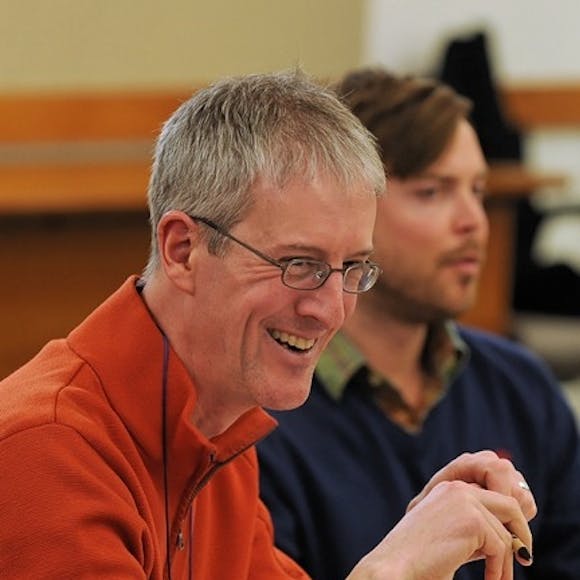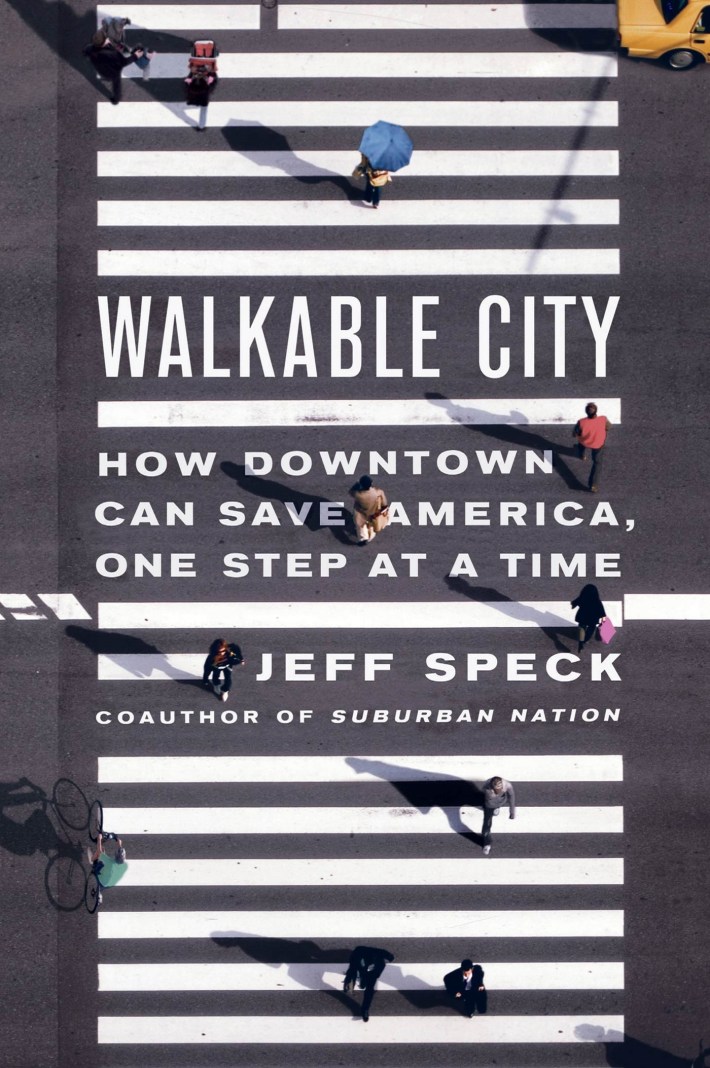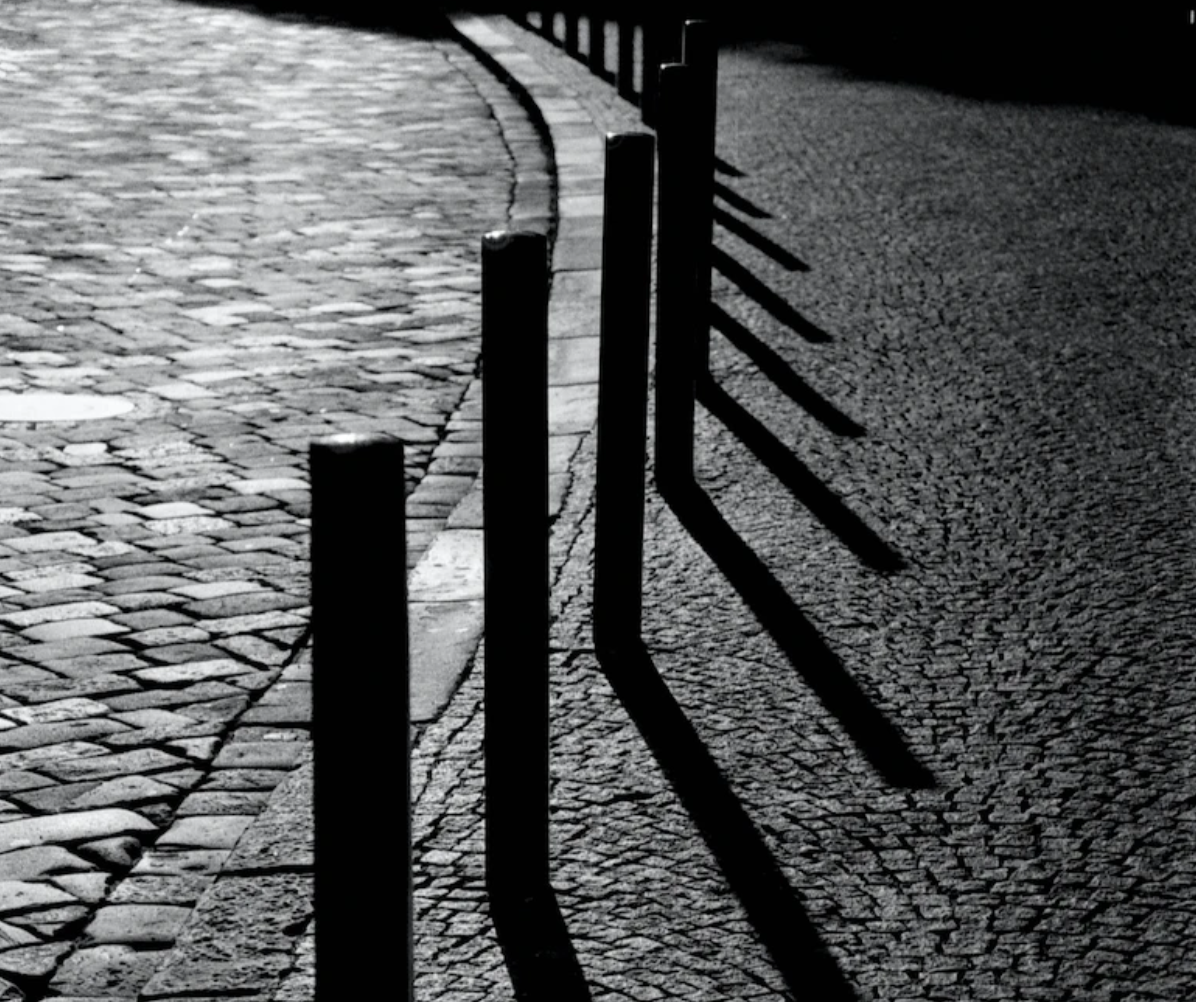Editor’s note: This is an excerpt from Walkable City: 10th Anniversary Edition, an updated version of the best-selling urban planning book of the past decade featuring more than 100 pages of new material. It is republished with permission.

The scene is devastating: a terrorist plows a pickup truck down a Manhattan bike path, killing eight people and injuring almost a dozen more. The public demands a government response, and Mayor Bill de Blasio rises to the occasion, immediately budgeting $50 million for new vehicle barriers around the city, including funding for fifteen hundred steel bollards costing thirty thousand dollars apiece.
While people are still on edge, this commitment is largely met with approval, and a feeling that “our leaders are working to keep us safe.” But there remains in the air a general sense that something is amiss. While it is hard to think rationally about terrorism, a cool-headed analysis of the terror threat in our cities leads to four difficult conclusions that could dramatically impact our policies and practices.
First, we need to acknowledge that a bloody death is a bloody death, whatever its cause. Somehow, when a death is intentional, and an “accident” is instead a murder, preventing its recurrence becomes inordinately worthy of public funding — especially if the perpetrators are brown. But those who have personally witnessed a fatal car crash will confirm that the anguish, trauma, and tragic repercussions are no less than what accompanies any other violent death.
A rational public safety policy would treat all lives as equal. Remarkably, taxpayers invested less than twenty-two thousand dollars per victim to put an end to the car-crash deaths on New York City’s Queens Boulevard, while so far allocating approximately $1.7 billion per victim to ostensibly prevent another 9/11. This discrepancy deserves our attention.
Second, it must be stated that terrorism is statistically insignificant. There are different ways to do the math, but an objective accounting of several decades of data suggests that you are 568 times less likely to die in a terror attack than a car crash. Fewer people were killed in the New York truck attack than have died in traffic practically every two weeks before and since. A proper epidemiological approach to public health and safety would allocate resources proportionally to the dangers they address.

Third, there is always a soft target. It is impossible to harden an entire city. This fact is perhaps the greatest source of cognitive dissonance surrounding New York’s bollard campaign. For every bike path and sidewalk newly protected, there will remain hundreds exposed. If all public spaces receive bollards — an impossibility — a terrorist need only take an AR-15 to a hotel room window. In this way, we are doomed to be always protecting against the last attack instead of the next, and misspending millions on what is effectively “security theater.”
Finally, the anti-terror landscape can itself be terrifying. The purpose of terrorism is not principally to hurt people, but to cause panic and to unravel the social fabric. In that regard, a built environment that loudly proclaims the expectation of attack is in itself a form of terrorism, inciting fear, uncertainty, and suspicion of one’s fellow man. Just like subway stop-and-frisks and a constant barrage of “See something, say something” messages, explicitly hardened public spaces are best understood as artifacts of a complicit terror-industrial complex that profits by keeping us scared. The fact that most actors in this drama are well-meaning should not distract us from resisting its grip.
The above arguments are unlikely to win many converts, and I will not be running for public office any time soon. But we can keep them quietly in the back of our minds as we make decisions about the design of our cities. It is also worth remembering that bollards can be nice. They are traditional street furniture and, if designed well, need not participate in a terrorist threat that they may be naively responding to. If they are attractive, well-crafted, and well-located, they can become a positive feature of the spaces that they inhabit, rather than a permanent emblem of our panic, concrete evidence that the terrorists are winning.
It turns out there is more to the story of the Manhattan bike path. As related in Jessie Singer’s powerful new book There Are No Accidents, that path was frequently breached by errant drivers. People had been complaining about it for years. Jessie’s dear friend Eric Ng was killed there by a drunk driver in 2006, and others were mowed down before and after. Activists had been clamoring for a redesign of the many locations where drivers seemed to be welcomed onto the path. But nothing was done, because the deaths were “accidental,” even though they were eminently preventable. Only when the deaths became intentional did they merit the city’s attention.
Public safety dollars can be spent in a way that has a real impact. With a limited investment, child traffic deaths in the Netherlands went from more than four hundred in 1971 to just fourteen in 2010. A small fraction of our current anti-terror budgets, transferred to road design, would save thousands of lives.
Jeff Speck is an urban planner who advocates internationally for more walkable cities. As the former director of design at the National Endowment for the Arts, he oversaw the Mayors’ Institute on City Design, where he worked with dozens of American mayors on their most pressing city planning challenges. A fellow of both the American Institute of Certified Planners and the Congress for New Urbanism, he is the 2022 recipient of the Seaside Prize. His TED talks and YouTube videos have been viewed more than five million times.
Excerpted from WALKABLE CITY: How Downtown Can Save America, One Step at a Time by Jeff Speck. 10th Anniversary Picador paperback edition, 2022. Published by MCD, Picador. Copyright © 2012 by Jeff Speck. Introduction copyright © 2022 by Janette Sadik-Khan. Part III copyright © 2022 by Jeff Speck. All rights reserved.






